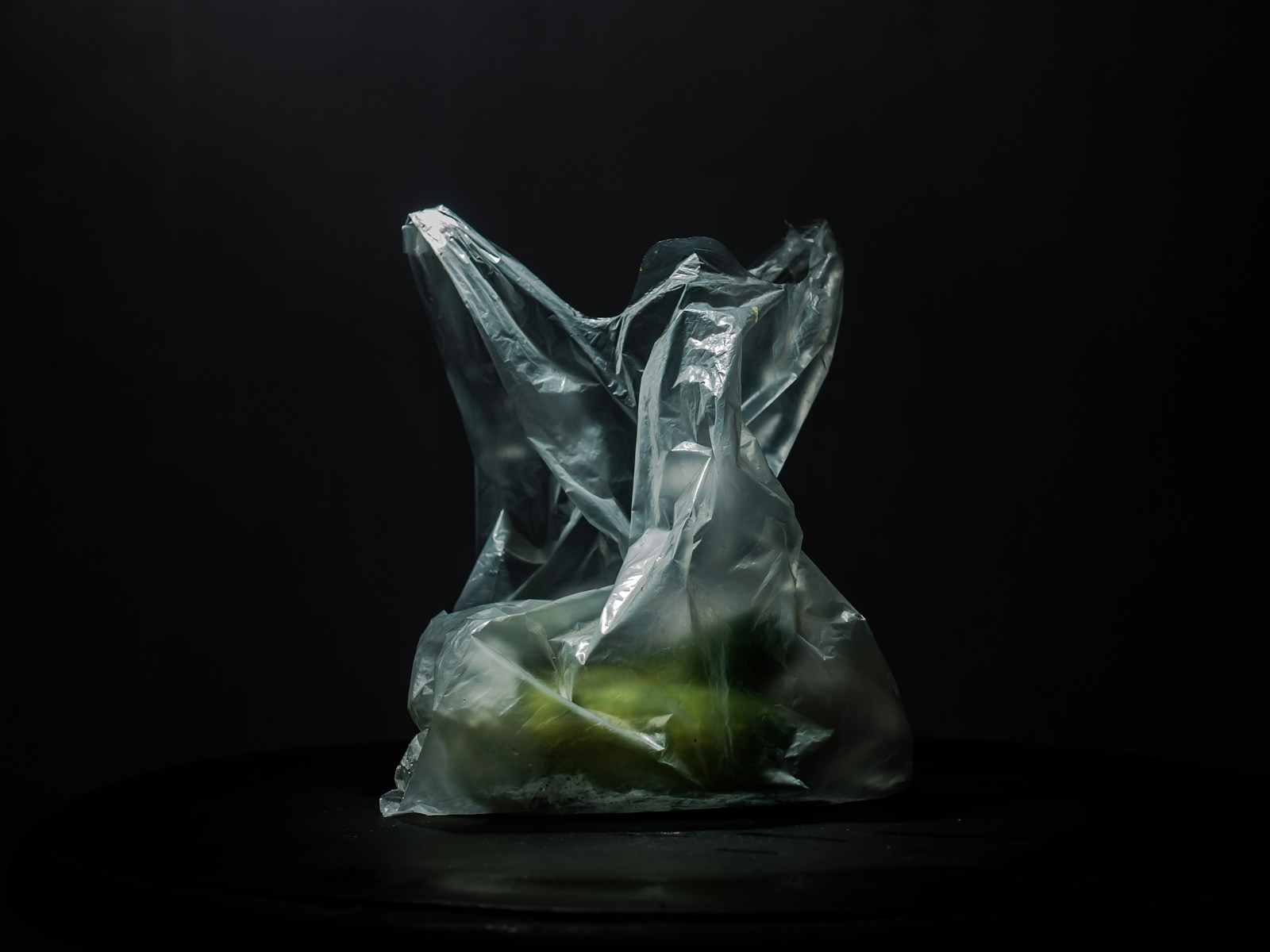The Plastic Inside Us: A Health Crisis in Slow Motion

Plastic is the defining material of the modern world. It is in our clothes, our cars, our homes, and our food packaging. Its versatility and durability have been a boon to humanity. But that very durability is now the source of a creeping and deeply alarming environmental and health crisis. Every piece of plastic ever created, unless it has been incinerated, still exists on this planet. And it is now finding its way into our bodies.
Over time, plastic objects break down into ever-smaller fragments. Those less than 5 millimeters in length are known as microplastics. These tiny particles have contaminated every corner of the globe, from the peak of Mount Everest to the depths of the Mariana Trench. And as we are now discovering, they have also contaminated us.
A Ubiquitous Contaminant
In a series of landmark and unsettling studies over the past few years, scientists have confirmed the presence of microplastics in a host of human tissues and fluids. They have been found in our blood, lodged deep in the tissues of our lungs, in our colons, and, perhaps most disturbingly, in the placentas of newborn babies and in breast milk. We are inhaling plastic particles from the air, and we are ingesting them through our food and water. This is no longer a question of environmental contamination; it is a question of human biology.
The ubiquitous presence of microplastics in our bodies represents a massive, uncontrolled, and unconsented public health experiment. And we are all the subjects. The critical question that researchers are now scrambling to answer is: what is a lifetime of exposure to these synthetic materials doing to our health?
The science is still in its early stages, but the initial findings are deeply concerning. Laboratory studies on cells and animals have linked microplastic exposure to a range of negative health outcomes, including inflammation, oxidative stress (a form of cellular damage), and disruption of the endocrine system, which regulates our hormones.
The Chemical Cocktail
The plastic particles themselves are only part of the problem. Plastic is not a single material; it is a complex cocktail of chemicals. Additives like phthalates and bisphenols (such as BPA) are used to make plastics soft and flexible, and many of these are known endocrine disruptors that can interfere with reproductive health and development.
Furthermore, microplastics can act like tiny toxic sponges. As they travel through the environment, they can absorb other harmful pollutants from the surrounding air and water, such as pesticides and heavy metals. They can then deliver this concentrated dose of toxins directly into our tissues when we ingest or inhale them.
There is also growing concern about nanoplastics—particles so small they can potentially cross cellular barriers and even the blood-brain barrier, a protective membrane that shields our most vital organ. The long-term consequences of this are completely unknown.
An Unregulated Threat
Despite the mounting evidence, microplastics remain an almost completely unregulated threat. There are no established safety standards for the amount of plastic we can have in our drinking water or our food. The sheer scale of the contamination makes it a uniquely difficult problem to solve. We cannot simply recall a faulty product; the contaminant is already everywhere.
Addressing this slow-motion crisis will require a multi-pronged approach, starting with a dramatic reduction in our production and consumption of single-use plastics. We must invest in better waste management and recycling infrastructure globally. And we urgently need more research into the health effects of microplastic exposure and the development of new technologies to filter them from our water and air.
The plastic that has made our lives so convenient may come at a biological cost we are only just beginning to understand. We have filled our world with it, and now, it is filling us.
